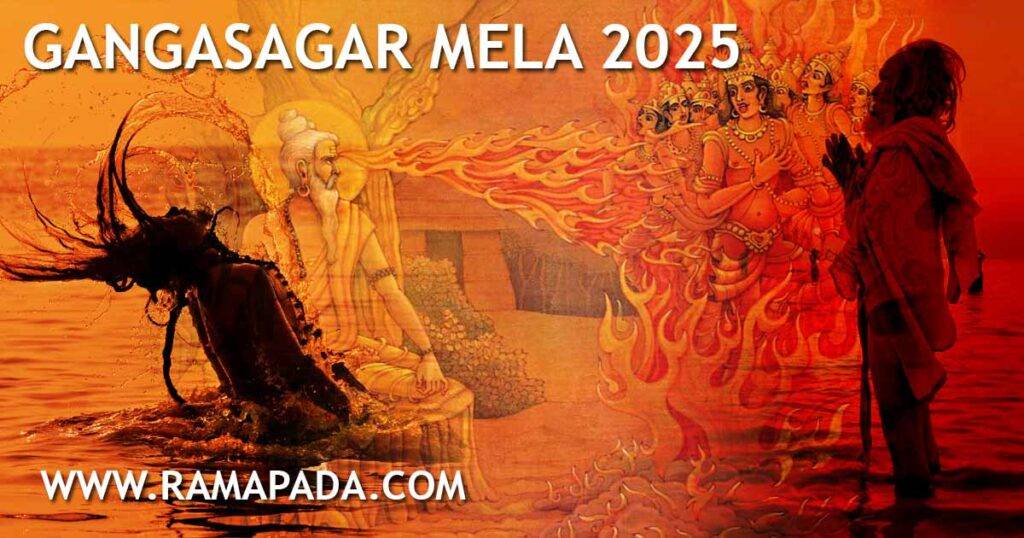The annual Gangasagar Mela, where the Ganges River meets the Bay of Bengal, draws millions of pilgrims seeking spiritual purification. Devotees believe a dip in the holy waters at this confluence on Makar Sankranti, the day the sun enters Capricorn, will lead to Moksha (salvation). This year Gangasagar Snan will take place on January 14. However, Gangasagar Mela will begin from January 10, 2025, till January 18, 2025.
Gangasagar, a land of profound spiritual significance, offers a unique blend of serene landscapes and deep-rooted faith. The pilgrimage itself symbolizes the journey from worldly existence to spiritual enlightenment. Makar Sankranti, the occasion for the Mela, holds immense cultural importance across India. It marks the end of winter, the start of spring, and a time for gratitude to the sun god, Surya Dev, for a bountiful harvest.
People celebrate the festival with diverse regional flavors – from sweet dishes made with sesame and jaggery to vibrant kite-flying competitions. Makar Sankranti serves as a unifying force, bringing people together and strengthening community bonds.
The Myth
The Gangasagar myth intertwines the cycle of life and death with the pursuit of Moksha. Central to this narrative is the iconic Kapil Muni temple, dedicated to the sage who cursed Sagar Raja’s 60,000 sons to hell for disturbing his meditation. The holy Ganges water was necessary to perform Shraddhas to lift this curse. To bring the Ganges to Earth, King Bhagirath, a descendant of Sagar Raja, prayed to Lord Shiva, who agreed to bear the river’s force on his matted hair. With the Ganges flowing on Earth, Bhagirath finally liberated his ancestors’ souls. This legend, passed down through generations, draws millions of pilgrims to Gangasagar Mela every year. Where they believe a dip in the sacred confluence washes away sins and offers a path to Moksha.
Ritual Significance
People celebrate the Gangasagar Mela on the eve of Makar Sankranti, a celebration of ancient rituals deeply ingrained in India’s history. As the sun transitions into Capricorn, millions of pilgrims converge on the Sagar Islands to bathe in the holy confluence of the Ganges and the Bay of Bengal, seeking to cleanse their souls and attain Moksha. Devotees perform a series of elaborate practices after the Sahi Snan. The main bathing ritual, including symbolically offering gems and sacred thread to the ocean as a gesture of sacrifice. Devotees brave the icy waters in the early hours, performing rituals like head shaving and Shraddha for their departed ancestors. Later, they visit the Kapil Muni temple for prayers and blessings. As evening descends, the ocean is illuminated by thousands of Diyas, creating a breathtaking spectacle of devotion.

